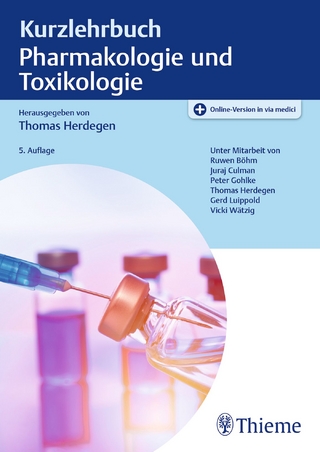
Demographic Toxicity
Oxford University Press Inc (Verlag)
978-0-19-533296-4 (ISBN)
- Titel ist leider vergriffen;
keine Neuauflage - Artikel merken
This edited volume collects population and metapopulation models for a wide variety of species, focusing on the use of models in population-level risk assessment for toxins. Each chapter of Demographic Toxicity describes the application of a population model to one species, with the aim of demonstrating how various life history characteristics of the species are incorporated into the model, how ecotoxicological impacts are modeled, and how the results of the model has been or can be used in risk assessment. The model in each chapter is implemented in RAMAS software, which uses matrix modeling of population dynamics. RAMAS software is believed to be the most powerful tool ever invented for this task.Demographic Toxicity includes a CD that contains a demo version of the program and the data files for each species. The book explains how to use these specific tools for modeling, analysis, and interpretation of data. Demographic Toxicity provides a major review of current knowledge on population dynamics in different species, representing both terrestrial and aquatic environments.
H. Resit Akcakaya is Senior Scientist at Applied Biomathematics, an ecological research and software company in Setauket, NY. His current research interests include risk assessment, population viability analysis, and the effects of landscape dynamics on species persistence. One of the principal architects of the RAMAS library of software, he developed models for integrating metapopulation and landscape dynamics, and for incorporating uncertainty into IUCN criteria for threatened species. John Stark is a professor at the Washington State University, Puyallup Research and Extension Center. He runs the Ecotoxicology program. The mission of the Ecotoxicology program at WSU Puyallup is to study the impacts of pesticides and other toxicants on populations, communities, and food webs with particular emphasis on aquatic organisms inhabiting rivers and streams in the Pacific Northwest, including salmon and the invertebrates that they feed upon. Todd S. Bridges is the Director of Center for Contaminated Sediments at US Army Corps of Engineers' Waterways Experiment Station in Vicksburg, MS. He received an undergraduate degree (1985) and a Master of Arts degree (1988) in Biology from California State University, Fresno, and a Ph.D. (1992) in Biological Oceanography from North Carolina State University. His research expertise includes aquatic and marine ecology, aquatic toxicology, and invertebrate physiology and ecology, and ecological risk assessment.
2. LUCILIA SERICATA LABORATORY POPULATIONS: TOXICANT E
| Zusatzinfo | numerous tables and figures |
|---|---|
| Verlagsort | New York |
| Sprache | englisch |
| Gewicht | 552 g |
| Themenwelt | Studium ► 2. Studienabschnitt (Klinik) ► Pharmakologie / Toxikologie |
| Naturwissenschaften ► Biologie ► Biochemie | |
| Naturwissenschaften ► Biologie ► Ökologie / Naturschutz | |
| ISBN-10 | 0-19-533296-2 / 0195332962 |
| ISBN-13 | 978-0-19-533296-4 / 9780195332964 |
| Zustand | Neuware |
| Haben Sie eine Frage zum Produkt? |
aus dem Bereich


